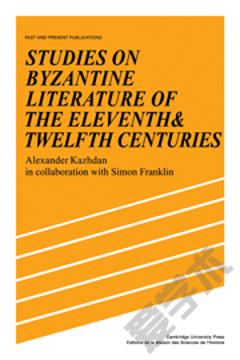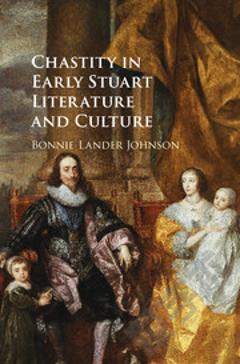Literature and Culture in Late Byzantine Thessalonica
The 'long' fourteenth century perhaps can be seen as Thessalonica's heyday. Alongside its growing commercial prowess, the city was developing into an important centre of government, where members of the Byzantine imperial family of the Palaiologoi ruled independently under full imperial titles, striking coinage and following an increasingly autonomous external policy. It was also developing into a formidable centre for letters, education, and artistic expression, due in part to Palaiologan patronage. This volume sets out the political and commercial landscape of Thessalonica between 1303 and 1430, when the city fell to the Ottoman Turks, before focusing on the literary and hymnographical aspects of the city's cultural history and its legacy. The cosmopolitan nature of urban life in Thessalonica, the polyphony of opinions it experienced and expressed, its multiple links with centres such as Constantinople, Adrianople, Athos, Lemnos and Lesvos, and the diversity and strength of its authorial voices make the study of the city's cultural life a vital part of our understanding of the Byzantine Eastern Mediterranean.
{{comment.content}}








 京公网安备 11010802027623号
京公网安备 11010802027623号